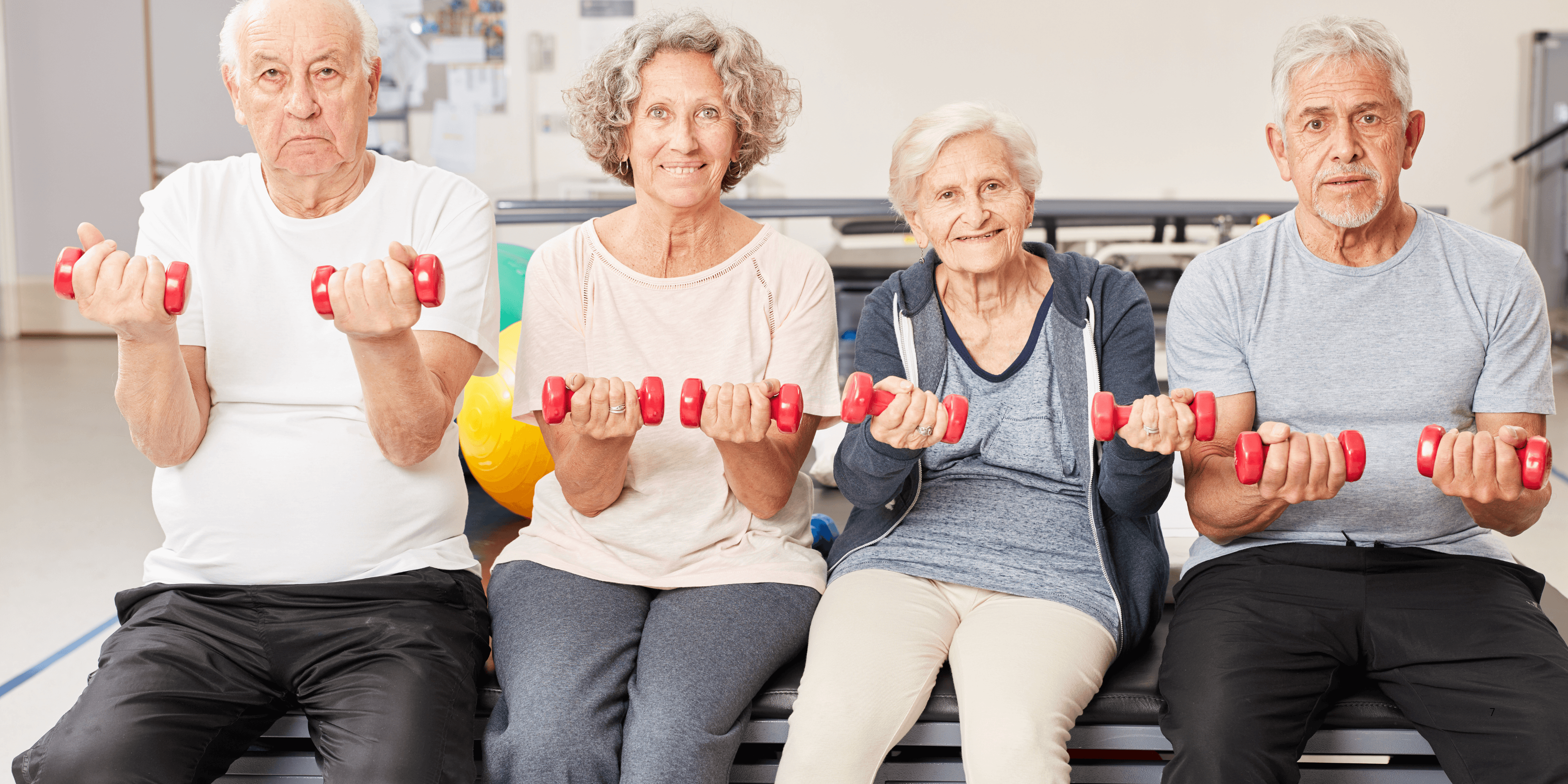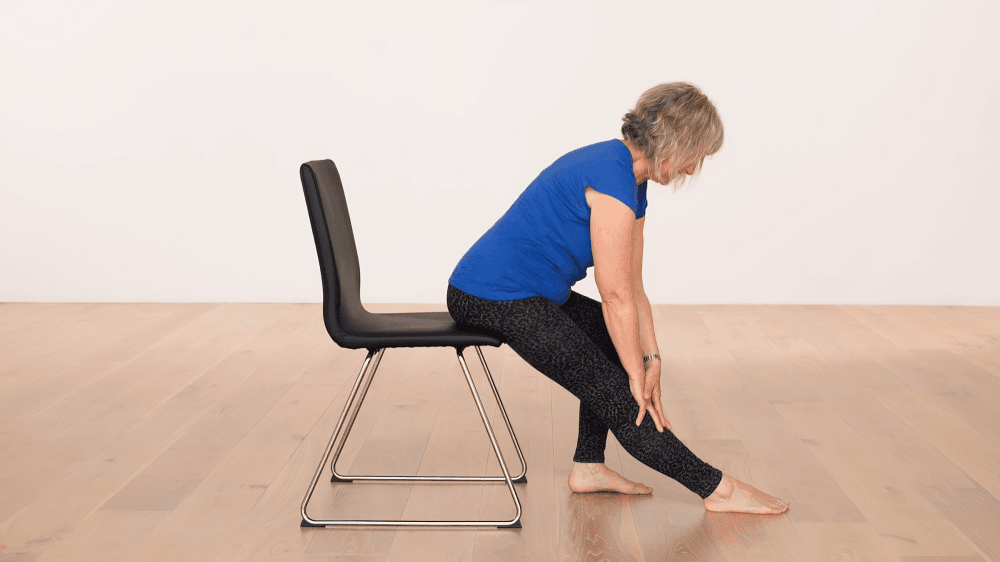
“
As people grow older, staying physically active becomes even more important for maintaining independence, balance, and quality of life. The best exercises for seniors to maintain mobility are those that focus on flexibility, strength, endurance, and coordination. Gentle yet consistent activity can help prevent falls, support joint health, and keep seniors moving freely. 1
1
1
”
Philosopher and physician Galen once said moderate exercise preserves body and soul—an idea still true today, as seniors gain physical and mental benefits from regular movement routines.1
Gentle walking outdoors improves circulation, supports joint health, and boosts mood, making it one of the most effective low-impact ways for seniors to maintain mobility and overall cardiovascular fitness. 2

Chair yoga allows seniors to stretch muscles and improve balance while staying safely seated, helping reduce stiffness and fall risk without placing too much strain on joints or bones.
Water aerobics, ideal for those with arthritis or joint pain, provides resistance without stress on bones, enhancing muscle tone, balance, and mobility while also keeping the heart gently active. 3
Practicing tai chi enhances postural control and reduces the likelihood of falls in seniors by improving lower body strength, flexibility, and mind-body coordination through slow, flowing movements. 4
Light resistance band workouts help strengthen upper and lower body muscles in seniors without heavy weights, increasing stability and control in day-to-day tasks such as standing and lifting. 5
Performing ankle circles and foot flexes each morning wakes up leg muscles, improves blood flow, and keeps seniors’ ankles strong and flexible—supporting safer walking and less foot stiffness. 6
Seated leg raises improve hip flexor strength and knee extension, giving seniors more confidence in walking or rising from chairs, and can be done multiple times a day to increase mobility. 7
Core exercises like gentle seated abdominal contractions improve balance and posture in older adults, reducing lower back strain and increasing overall body stability during walking or bending. 8

Practicing wall push-ups builds upper body strength while also engaging the core and improving coordination—important for supporting mobility in daily movements like opening doors or climbing stairs.
Heel-to-toe walking in a straight line helps strengthen ankle control and trains balance, which significantly lowers the risk of falling—especially helpful for seniors with declining coordination. 9
Climbing stairs at a safe pace is a powerful mobility booster, strengthening thighs and calves and building endurance. Even one or two steps at a time can enhance muscle control. 10
Wrist and shoulder circles maintain upper limb flexibility, making everyday tasks such as reaching high shelves, getting dressed, or brushing hair more manageable and pain-free for older adults. 11
Practicing toe taps from a seated position boosts circulation in the feet and legs while also maintaining joint function in the ankles—especially beneficial for seniors with limited standing ability. 12
Performing seated marches lifts the thighs and engages abdominal muscles, helping improve coordination and leg mobility, and can be done safely without needing to stand or balance. 13

Practicing balance holds—like standing on one foot while holding a chair—strengthens stabilizing muscles and teaches the body to react better when balance is lost, helping prevent accidental falls.
Neck rotations and shoulder shrugs increase upper body mobility, reducing stiffness that often comes from prolonged sitting, and make head-turning while driving or navigating spaces more fluid. 14
Gentle spine twists from a seated position loosen up the back and torso, supporting better flexibility during movements like dressing, picking up objects, or turning from side to the side. 15
Step-touch side movements improve lateral motion and balance. These simple, rhythmic steps enhance coordination and help seniors become more agile when moving in crowded or confined spaces. 16
Practicing controlled breathing during exercise enhances oxygen flow, improves mental focus, and reduces fatigue—helping seniors stay motivated and alert throughout mobility exercises and daily routines. 17


